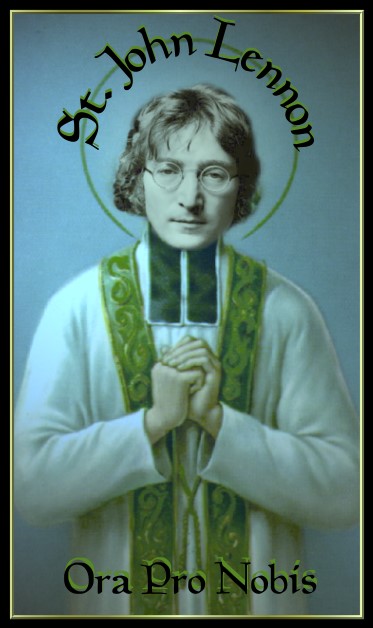Pope Benedict XVI gave an insight into his thinking on this topic in a letter to a friend and co-author, Marcello Pera, philosopher and former president of the Italian senate and an agnostic (perhaps even an atheist) who has nonetheless been a great champion of Benedict’s project to protect Europe’s Christian cultural heritage. Pera is one who has responded positively to the pope’s call for unbelievers to “act as if God exists.”
Benedict’s letter to Pera was written up in the Italian papers, and now on the English-language wires and in The New York Times.
In quotations from the letter that appeared on Sunday in Corriere della Sera, Italy’s leading daily newspaper, the pope said the book “explained with great clarity” that “an interreligious dialogue in the strict sense of the word is not possible.” In theological terms, added the pope, “a true dialogue is not possible without putting one’s faith in parentheses.”
But Benedict added that “intercultural dialogue which deepens the cultural consequences of basic religious ideas” was important. He called for confronting “in a public forum the cultural consequences of basic religious decisions.”
In effect, Benedict is saying the point of interreligious dialogue is to promote peace and other pragmatic steps, rather than engaging in theological give-and-take that would go beyond presenting and arguing and defending the truths of Catholicism. This position is nothing new for Benedict; he has never been a fan of interreligious dialogue as it has been construed since Vatican II, and especially under John Paul II. (Hence Ratzinger’s longstanding suspicions and crackdowns on theologians engaged in this field.)
Ratzinger/Benedict’s view of interfaith dialogue has always seemed to me rather constricted, an “either/or” proposition that leaves little room for learning from others or truly engaging the “other,” in ways that expand one’s own faith without diluting it, and also expand one’s appreciation of God’s creation and its desire for Him. And it can, I think, lead to a kind of parochialism that sees Jesus as a “Catholic.” (Italian, of course.) John Allen calls this “dialogue with teeth.” Interlocutors on the other side of the dialogue can see it as a bared smile, not quite inviting, yet not altogether irrelevant, given the state of the world.
Thoughts from the gallery? What is, or should be, the point of interfaith dialogue?

